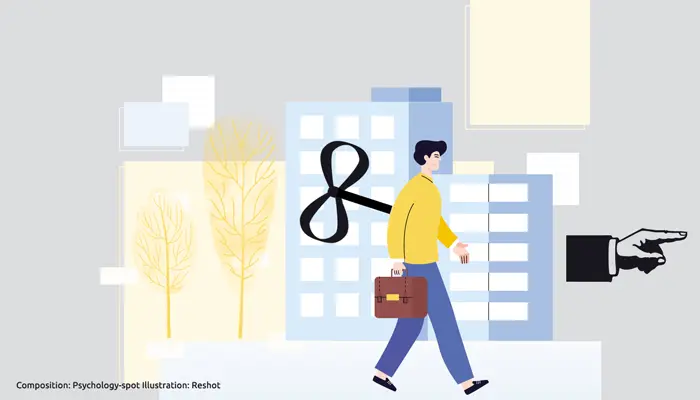
Have you ever arrived at your office or home without remembering practically any details of the trip you just took? I think it has happened to all of us on some occasion: we go out, we wait at the stop, we get on the bus or train, we walk a few meters and when we arrive at the entrance of the building we think: “Wow, am I here yet?! ” That’s because we’ve been running on autopilot.
Autopilot is a popular expression that refers to the fact that we function basically guided by the habits that we have built over time. In this way, we know what we have to do even if various areas of the brain are “disconnected”, especially those linked to decision making. When a habit is triggered, we do not need to think, we perform all actions automatically, unless something changes in the routine.
On the one hand, putting this autopilot on is beneficial because we give the brain a rest, we don’t have to plan each of the actions we take to carry out a task. In fact, can you imagine how exhausting it would be to have to think about every single step you take when you shower, brush your teeth, or drive the car? They are activities that, through practice, have been automated, freeing part of our cognitive resources so that we can use them in another task. Therefore, operating on autopilot saves us work and allows us, in a certain way, to rest.
The dark side of living on autopilot
Although habits bring us certain advantages, spending much of the day operating on autopilot is a warning sign that we should not ignore. We cannot forget that habits are nothing more than habits, they do not allow us to grow or improve as people. In fact, they are repetitive tasks that we have to do but that we do not find particularly pleasant.
Operating on autopilot is like looking at life and letting it pass, as if it were a film that happens before our eyes but in which the characters are different, we limit ourselves to being mere spectators. The problem is that… we cannot be passive spectators of our lives!
When we abuse autopilot, we are missing an opportunity to grow, learn something new, or simply notice what is happening around us. For example, there are many ways to travel from home to work: we can go on autopilot, without paying attention to what is happening around us, or we can take advantage of this moment to stimulate our senses by taking a different route. In fact, did you know that following different paths is one of the tricks that neuropsychologists recommend to keep our brain active and avoid neurodegenerative diseases?
Autopilot in social situations
There are times when we not only use autopilot when we are alone but also use it when we are in the company of other people. These are those moments in which we are absent and we limit ourselves to responding mechanically when we are asked a question.
As you can imagine, people detect this lack of interest and apathy and act accordingly. In this way, operating on autopilot causes many problems in social situations. Furthermore, it is almost always an alarm signal since it indicates a covert rejection of the situation. For some reason, we don’t feel pleasure in being there and we evade reality by going on autopilot. In these cases, it is necessary to carry out a deeper analysis, asking if it always happens with the same people or only in certain contexts. If you dig a little inside, you’ll probably be amazed at what you discover.
In short, habits are necessary and it is impossible for us to give them up, but from time to time you should stop and think about whether during the last few days you have been operating too much on autopilot.




Leave a Reply